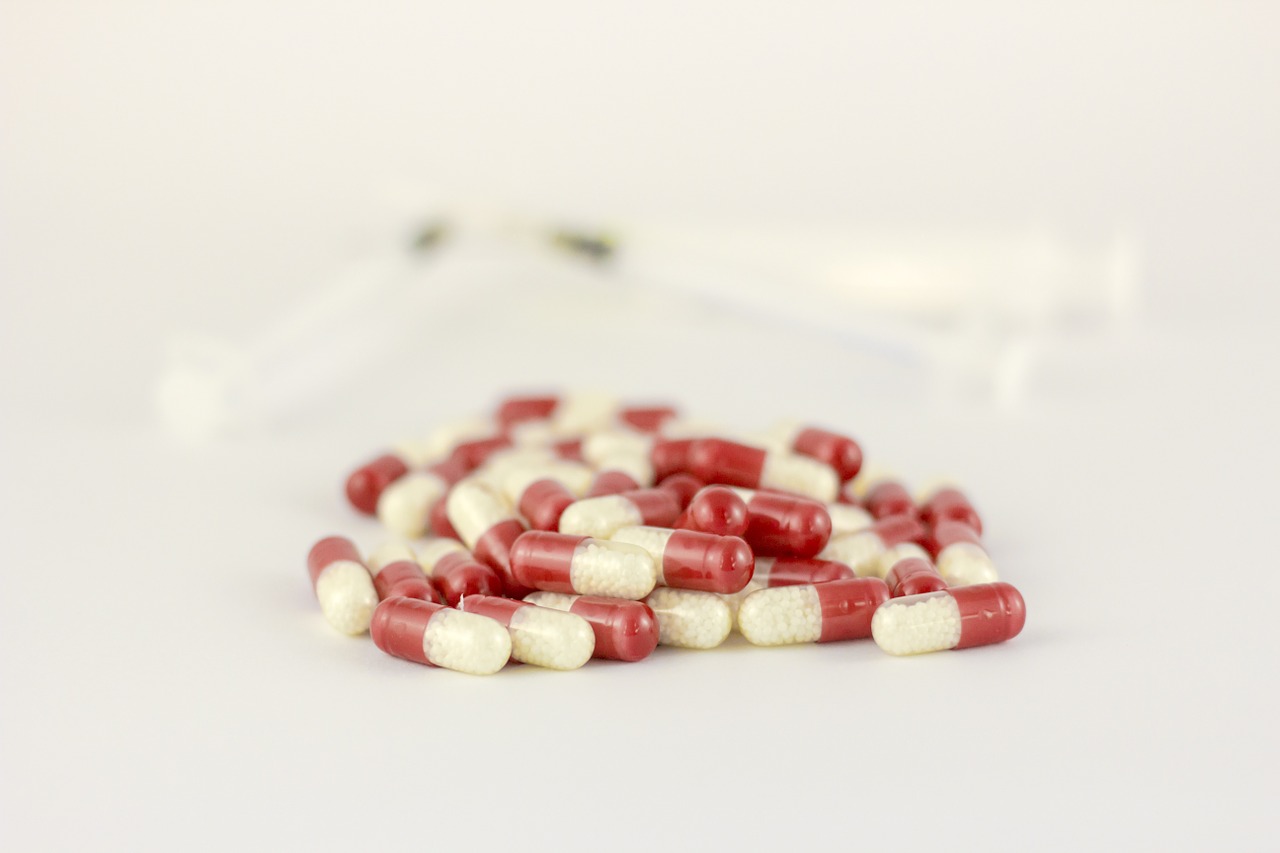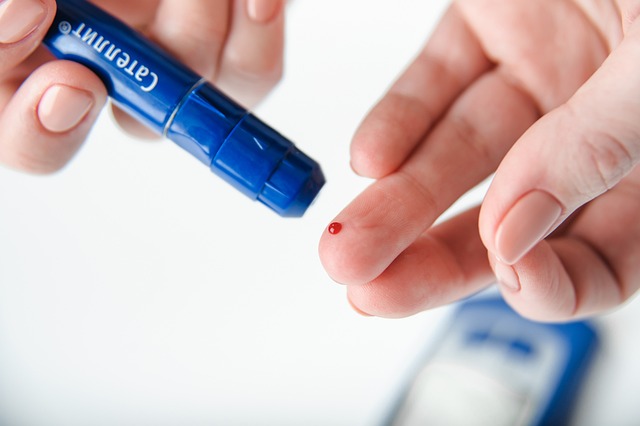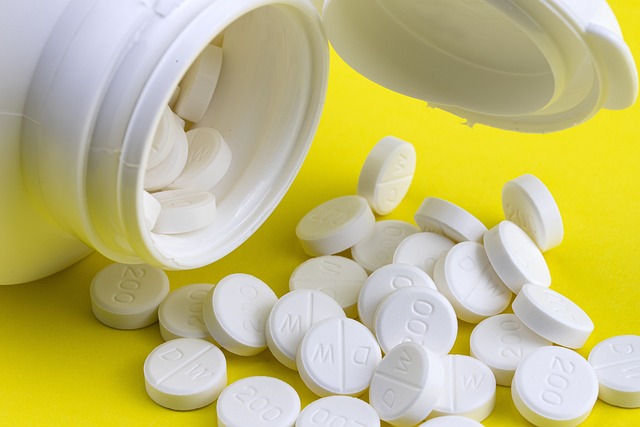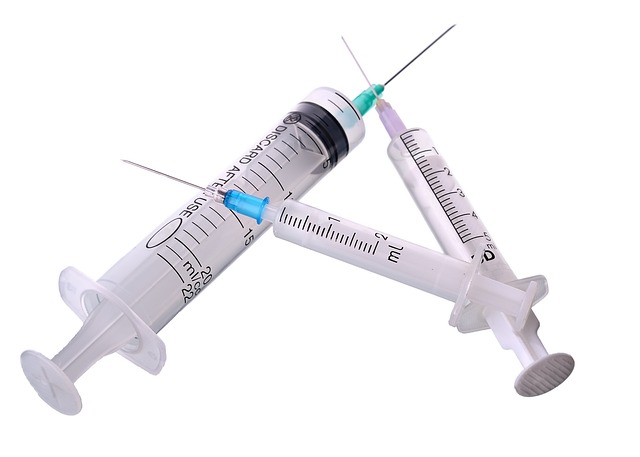Podcast: Play in new window | Download (Duration: 12:41 — 5.8MB) | Embed
On this episode, I discuss prazosin pharmacology, adverse effects, drug interactions and much more.
Prazosin is an alpha-blocker but lacks selectivity. A reduction in blood pressure is expected, but it is notorious for causing orthostatic hypotension.
Prazosin may be used off-label for nightmares, when this is the case, you will likely only see this drug dosed at bedtime.
Alpha agonist medications (such as pseudoephedrine and ADHD stimulants) may counteract the effects of prazosin.
Be sure to check out our free Top 200 study guide – a 31 page PDF that is yours for FREE!
Support The Podcast and Check Out These Amazing Resources!
Meded101 Guide to Nursing Pharmacology (Amazon Highly Rated)
Guide to Drug Food Interactions (Amazon Best Seller)










